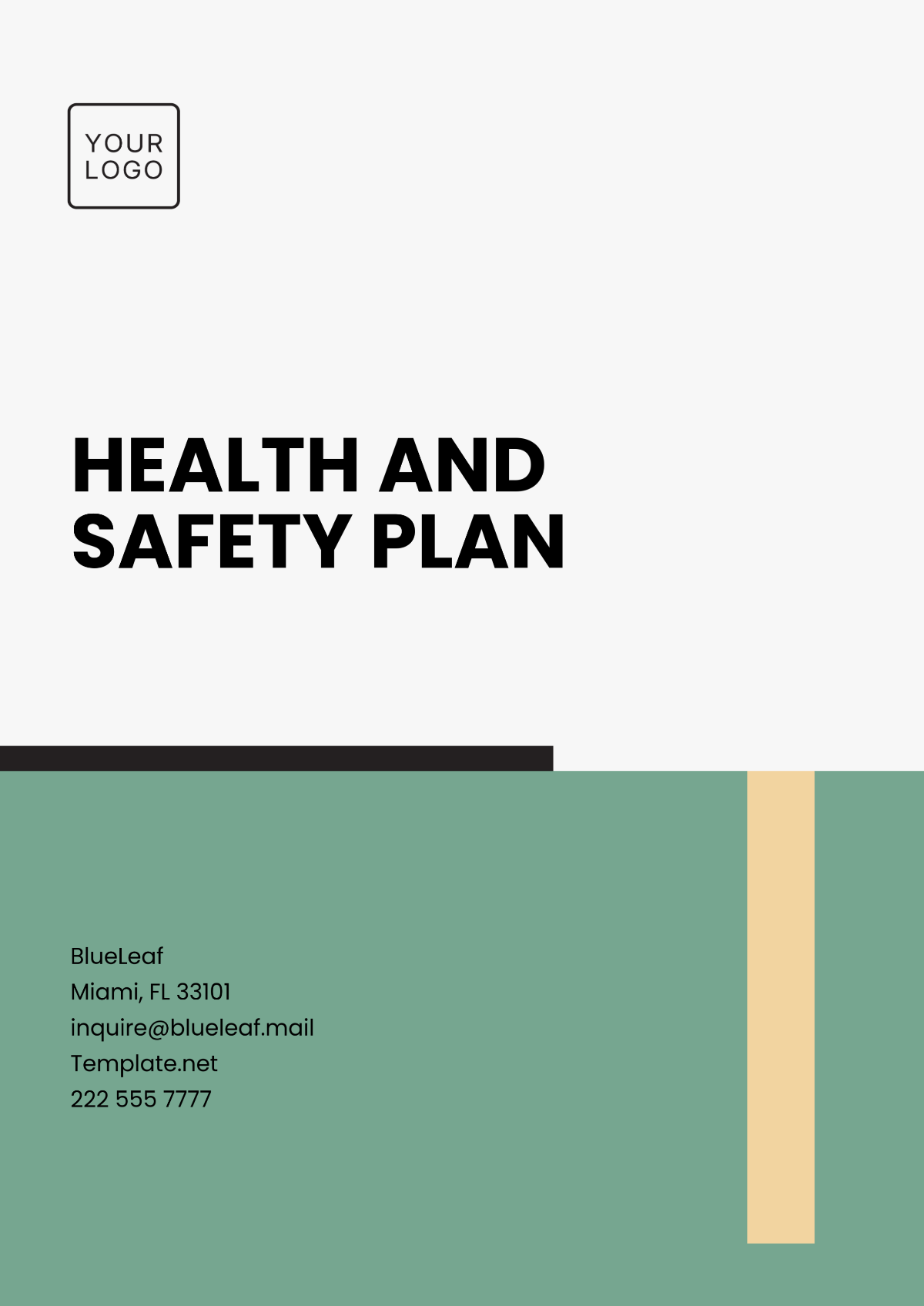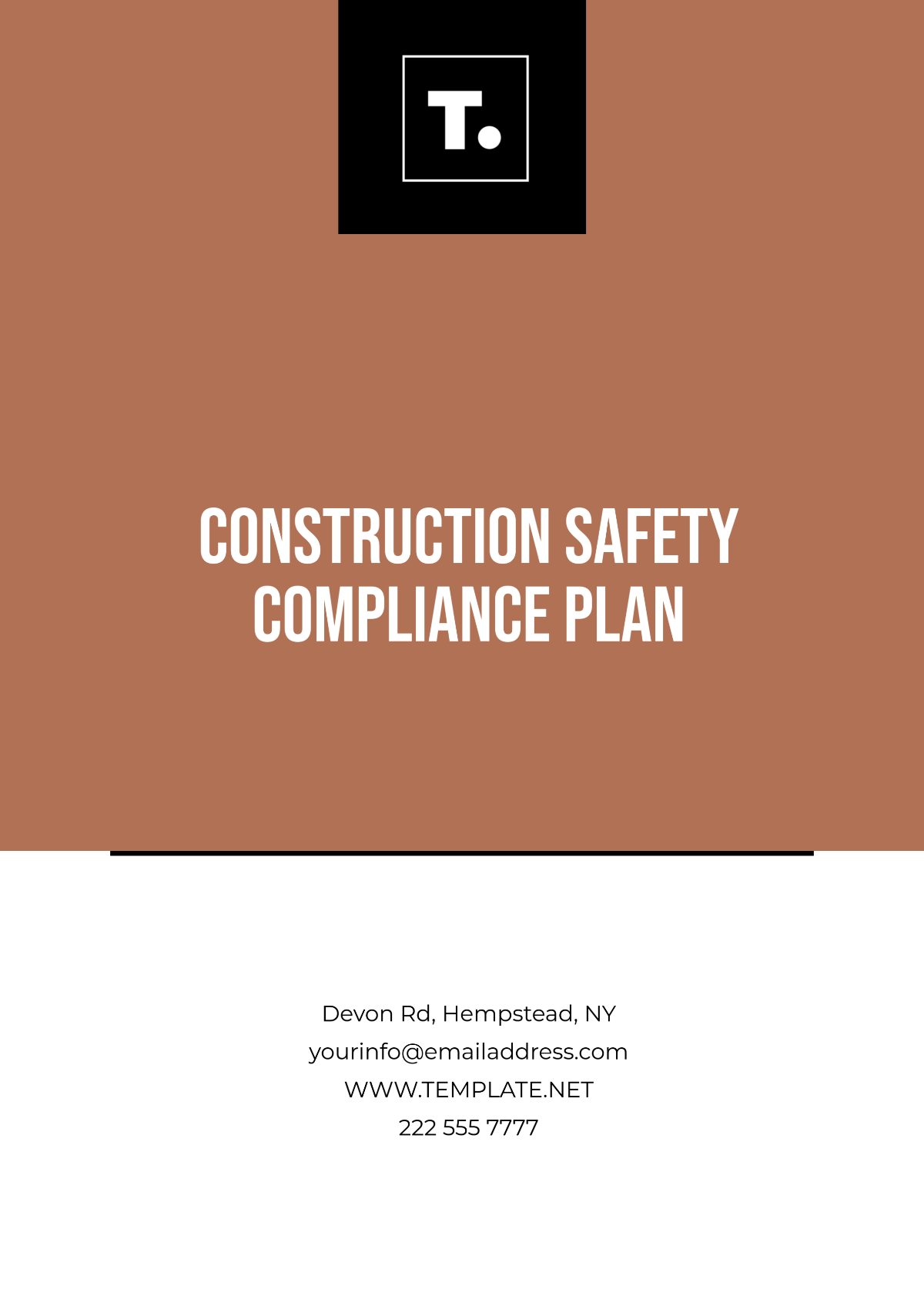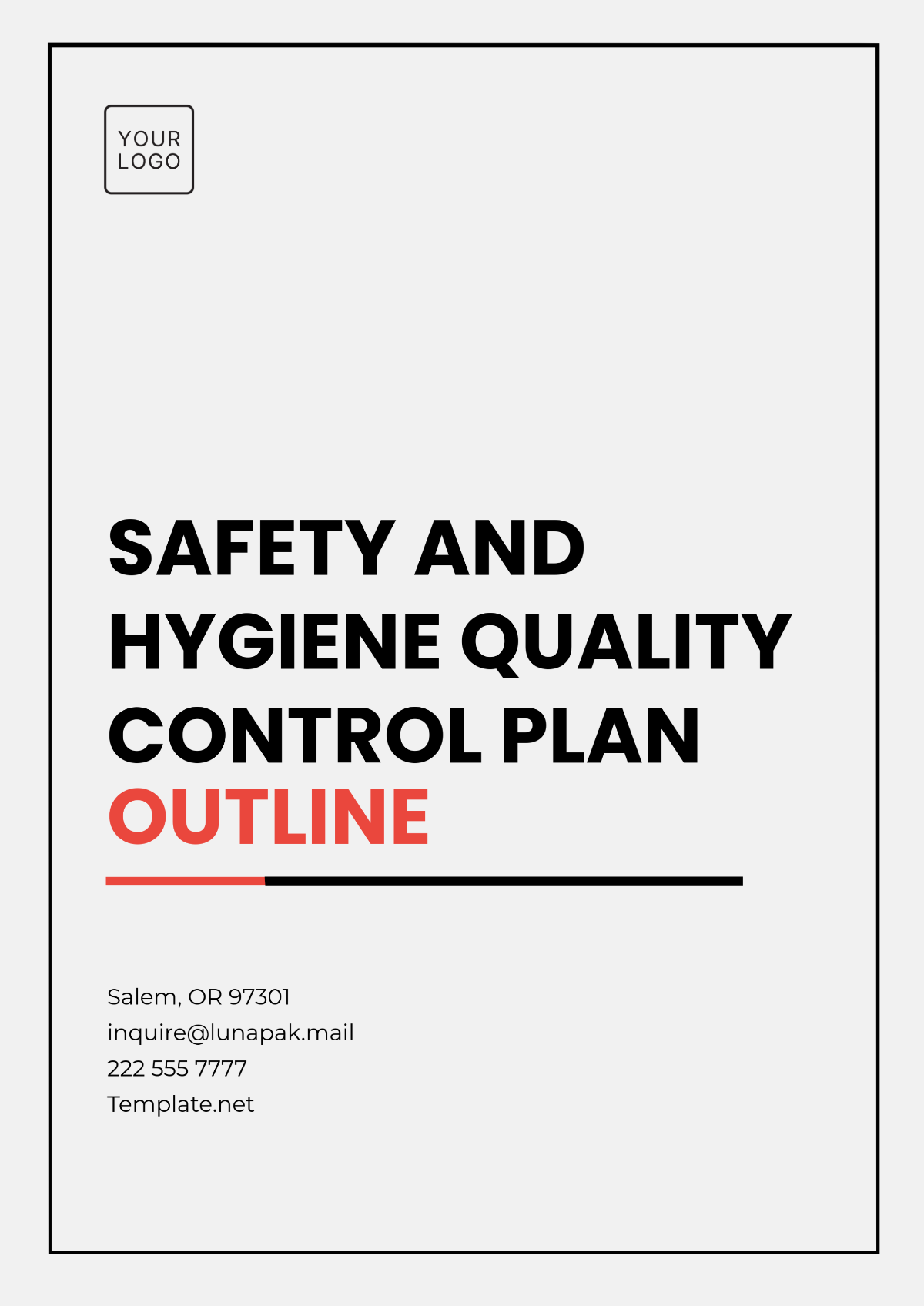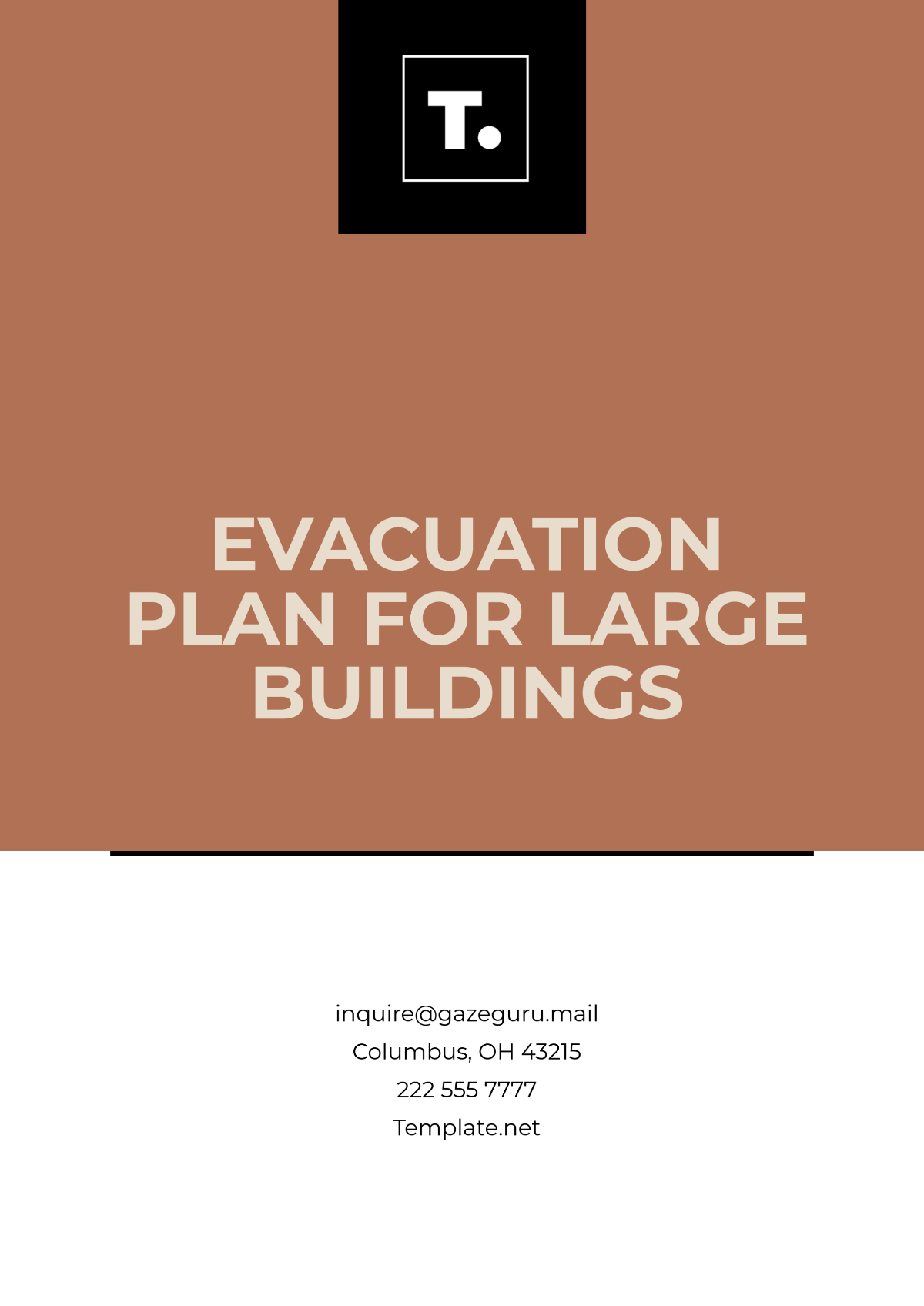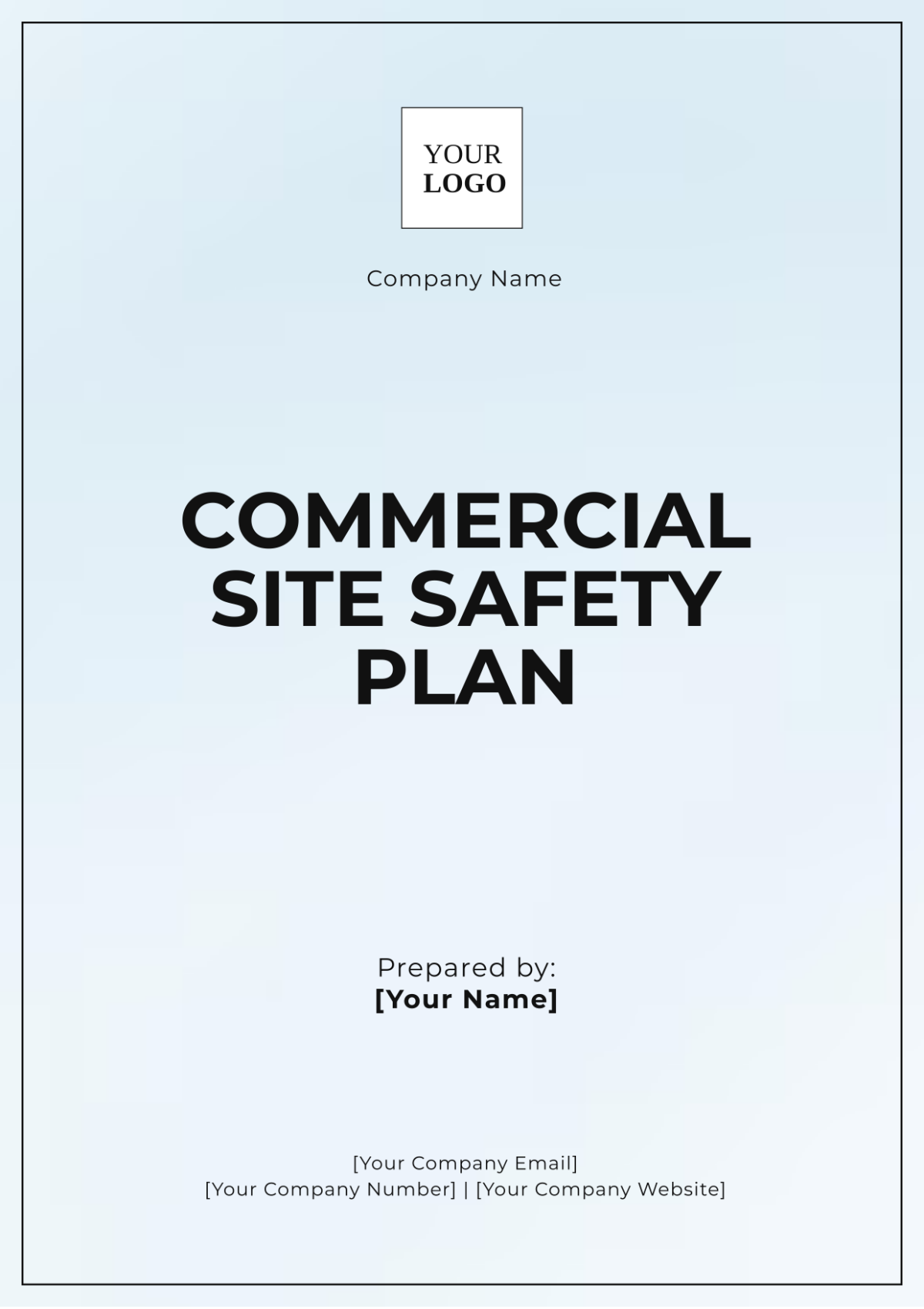Site-Specific Health and Safety Plan
Prepared by: [Your Name]
Company: [Your Company Name]
Date: [Insert Date]
1. Introduction
This Site-Specific Health and Safety Plan (SSHSP) outlines the policy and procedures to be implemented to ensure the safety and health of all personnel involved. The plan is tailored to meet the unique features of the site and to comply with legal and regulatory requirements.
1.1 Purpose
The purpose of the SSHSP is to identify potential hazards, establish safety protocols, and ensure compliance with safety standards. It aims to prevent injury and illness by promoting proactive safety management practices.
1.2 Scope
This plan applies to all employees, contractors, and visitors working at or accessing the project site. It covers all activities and processes conducted at the site.
2. Site Description
The project site is located at [Site Location], consisting of [Description of Site]. It includes [Number] of buildings, utilities, and surrounding areas.
3. Roles and Responsibilities
Clear roles and responsibilities ensure effective implementation of the SSHSP:
Site Manager: Oversees site safety implementation and compliance.
Safety Officer: Conducts safety inspections and provides training.
Employees and Contractors: Follow safety protocols and report hazards.
4. Hazard Identification and Risk Assessment
Identifying potential hazards and assessing risks are critical components:
Conduct site walk-throughs.
Identify potential hazards (e.g., electrical, chemical, physical).
Evaluate risk levels and implement control measures.
5. Safety Procedures and Protocols
Safety protocols are designed to minimize risks:
5.1 Personal Protective Equipment (PPE)
Hard hats, safety glasses, gloves, and protective clothing.
Ensure PPE is properly fitted and used as required.
5.2 Emergency Procedures
Evacuation routes and assembly points.
Contact information for emergency services.
6. Training and Communication
Effective training ensures all personnel understand safety practices:
Conduct safety orientation for new employees and contractors.
Regular safety meetings and toolbox talks.
Maintain clear communication channels for reporting hazards.
7. Monitoring and Review
Continual monitoring and review are essential for ongoing safety:
Regular safety audits and inspections.
Review and update the SSHSP as necessary.
Document incidents and implement corrective actions.
Tables
Use tables for efficient data presentation:
Task | Potential Hazard | Control Measure |
|---|---|---|
Excavation | Cave-ins | Shoring, sloping, and benching |
Electrical Work | Electric shock | Lockout/tagout procedures |
8. Conclusion
By following the guidelines outlined in this Site-Specific Health and Safety Plan, we can create a significantly safer working environment for everyone present. Commitment to safety must remain a top priority for every individual involved in the site operations, as this collective dedication will help prevent accidents and promote overall well-being on the site.
